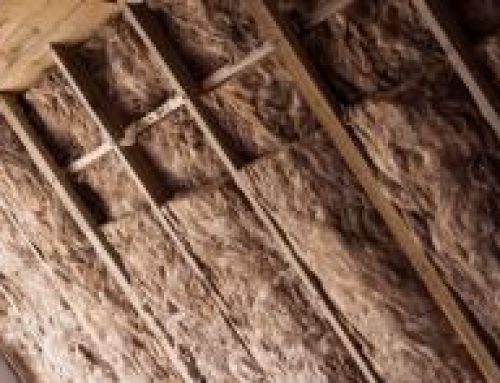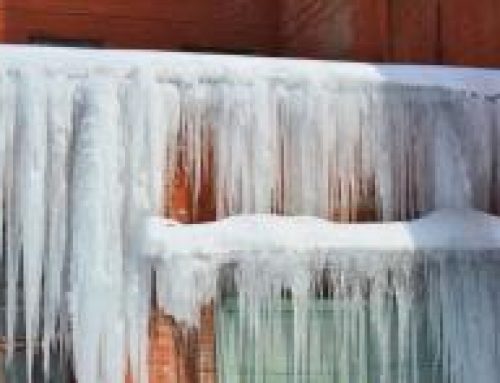For Southern New Hampshire homeowners looking to improve their home’s energy efficiency and get the maximum return from their insulation, a home energy audit is the perfect place to start.
A home energy audit is a detailed analysis of your home performance, identifying the specific areas of your home where upgrades and retrofits can save money. According to energy.gov, the improvements resulting from an energy audit can save you as much as 30% on your energy bill.
A central component of home energy audits is a blower door test. But what is a blower door test and how do you understand blower door test results?
How Blower Door Tests Work
In order to prepare for an accurate blower door test, all of the windows in your home should be closed, and the interior doors opened. Then, a large fan is set up in an exterior doorway with an adjustable door block and a specialized manometer gauge and controls.
After being turned on, the fan will begin to remove air from the interior of your house. This creates an increasing pressure imbalance. As the pressure differential between the indoors and outdoors becomes more lopsided, outside air will be looking for any small cracks or gaps it can find to slip into your home. Meanwhile, an airflow manometer on the blower door measures the actual amount of air that’s passing through the fan while the auditor controls the actual pressure.
A blower door test can help discover why your home is uncomfortable and energy costs are high. Once finished, your home energy audit expert will be able to analyze the findings and give you, their recommendations.
How to Interpret Blower Door Test Results
The numbers and acronyms used in a blower door report might seem confusing, but they’re actually simple to understand. Here are the two most common:
CFM at 50
CFM, or “cubit feet per minute,” tracks the volume of air being exhausted through a blower door fan when the home’s pressure difference is 50 pascals. CFM at 50, also written as CFM50, is a standard abbreviation used in the home performance industry, but isn’t always the most helpful statistic for homeowners because it doesn’t take the size of your home into consideration. That’s why CFM is usually converted to:
ACH at 50
ACH, or “air changes per hour,” tracks how many times in an hour the total volume of air in your home is replaced. This is a more useful number for homeowners because they can get a better indication of exactly how airtight their home is and how much air leakage they have. The lower the ACH50, the tighter the building.
How to Use a Blower Door Test to Locate Leaks
Using a blower door to find the leakage rate or ACH50 of your home is helpful, but as a homeowner, you not only want to know how much air your home is leaking but where the leaks are.
While a blower door test is running, a home energy expert has a few different ways to track where the air is being pulled into the house.
The first is a smoke pencil, where the energy auditor walks around the home with a non-toxic smoke-emitting device to locate drafts.
Another is a thermal imaging camera, which identifies areas of your house that are hotter or colder than others, an indication that they have more exposure to the outdoor elements.
Hire A+ Energy for your Home Energy Audit
Blower door tests tell you exactly just how leaky or tight your home is and whether air sealing attics or other areas of your home can improve your house’s energy savings. Even if you have recently upgraded your attic insulation with spray foam insulation or cellulose insulation, small holes and cracks that add up to a window or door wide open year-round could be negating much of the insulating benefits.
At A Plus Energy Services, we know how to maximize the energy efficiency of your house, giving you improved home performance that will keep your home warm in the winter and cool in the summer using building science techniques and desire to do our very best to make a noticeable improved difference in comfort and energy bills. As part of a comprehensive home energy audit, a blower door test is just one of the ways that A Plus can help you save money on energy costs.











Leave A Comment